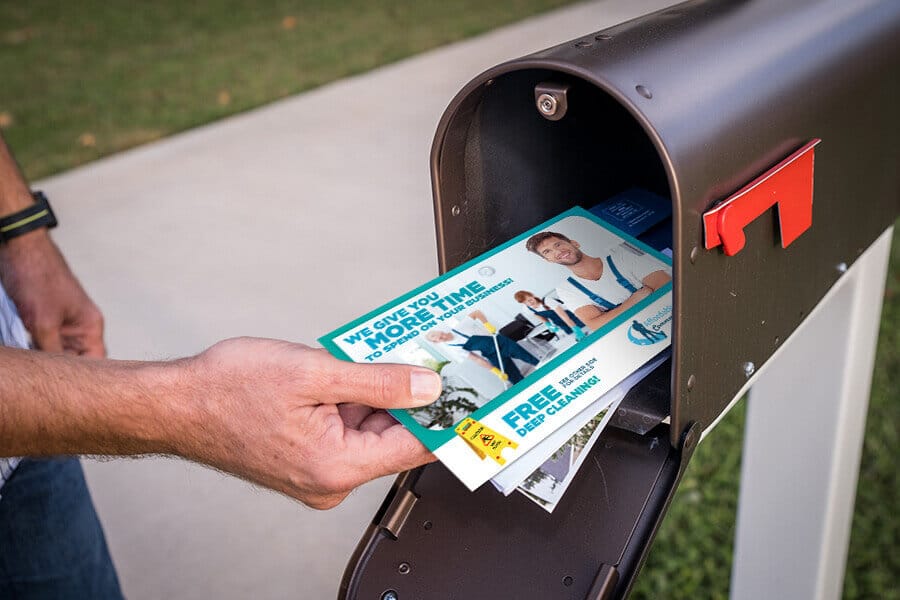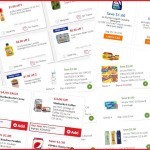
Digital coupons may be more popular these days. But paper coupons actually work better, are more appreciated by shoppers, and are more cost-effective for marketers, too.
That’s according to a new study that compared the effectiveness of the two formats. A team of Japanese researchers detailed their findings in “Effects of Offline Versus Online Promotional Media on Consumer Response,” which appears in the latest edition of the Journal of Advertising Research.
“In the digital age, marketers are increasingly utilizing online sales promotions,” the authors write. But their research showed that “sending print (versus online) coupons increased redemption behavior” among recipients.
The researchers conducted two experiments. The first involved simulated coupons for Starbucks and IKEA. Some participants received an online coupon displayed on their smartphone, the others received a similarly-sized paper coupon with an identical design, messaging and discount. The recipients were asked what they thought about the appearance of their coupon, the clarity of the messaging, and the likelihood that they’d use it – and the paper coupon won.
So the researchers followed up that experiment with a real-world field study. They collaborated with Fujifilm on a promotional campaign for existing customers. 7,500 customers received two marketing messages apiece, sent a month apart, each with a coupon code that could be redeemed online. One third of the group received a physical coupon via postal mail, then a follow-up online coupon via email. Another third received an email coupon first and then a mailed printed coupon. And the final third received both coupons via email.
And the result? Those who received the paper coupons were far more likely to use them. Participants who received a printed coupon first and an email coupon second made a purchase more than 20% of the time. Those who received the email coupon first and the printed coupon second made a purchase 18% of the time. And those who received just emailed coupons redeemed them only 3.5% of the time.
The designs and marketing messages on each version of the coupon were the same, to eliminate the possibility that one was more enticing than the other. And each mailing consisted of a coupon code for an online purchase, to eliminate the possibility that people who preferred shopping in person were more likely to use the printed coupon.
So what made the people who received a printed promotion more responsive to it? The researchers concluded it was due to “higher cognitive engagement with the content facilitated by offline promotional media.”
In other words, people are more likely to engage with and comprehend printed material than they are with the same material in digital format. The authors cited previous research which found that people display better recall for printed versions of newspapers, magazines and advertisements. One previous study found that printed direct mail pieces “required 21% less cognitive effort to process” than digital marketing messages.
“Reading information on a screen requires more cognitive resources than reading printed texts,” the researchers explained. “When reading text on paper, it is easy to grasp the whole picture briefly, whereas the screen takes a longer time,” due to required actions “such as zooming, tapping, and swiping,” which “increases readers’ mental workload” and leads to “the exhaustion of cognitive resources and perceived disorientation.”
As a result, “offline medium promotion (e.g., a printed version of a coupon) tends to enhance consumers’ engagement with the content and induce subsequent behavior, such as coupon redemption.”
One of the drawbacks of mailing printed ads, compared to sending them via email, is that printing and mailing physical versions is more expensive. But that’s no reason to discount the study’s findings, the authors caution. More effective coupons will result in more sales, and more potential profit, so “the benefits of sending offline media can exceed its costs.”
The growing shift from physical coupons to digital discounts has always been something of a chicken-or-the-egg matter – are marketers moving to digital because that’s what shoppers prefer, or do shoppers prefer digital because that’s where the deals are these days? This study suggests that those offering coupons might want to slow down before going all-digital.
“These findings caution against marketers’ overdependence on online sales promotion,” the researchers conclude. Paper coupons may seem like a thing of the past. But there’s a reason they’ve been around for so long. So marketers who swear off paper coupons, believing that’s what their customers prefer, do so at their peril.
Image source: Valpak










